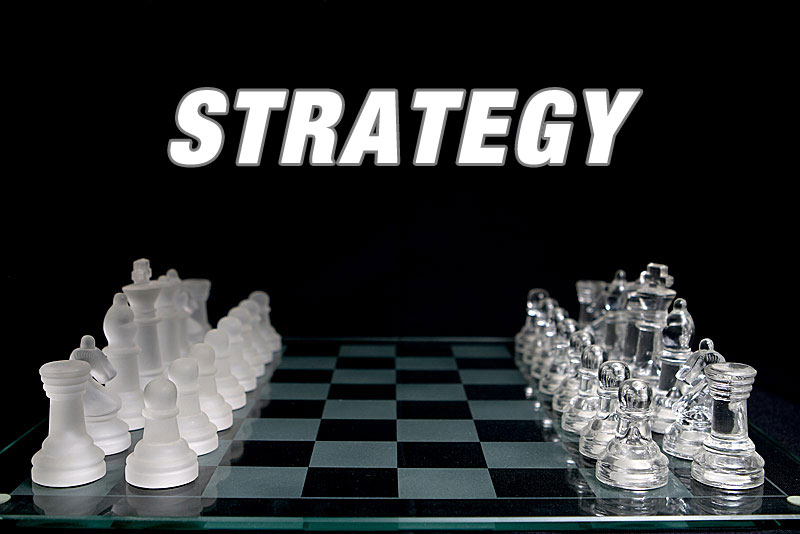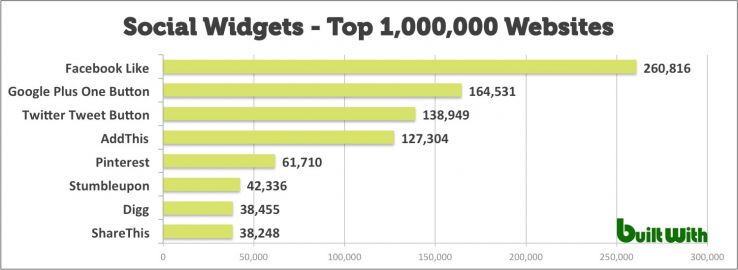
We’ve covered a range of topics since we started blogging regularly near the end of September 2013. This has been something of an experiment to discover whether producing quality content, on a regular basis, could have a positive impact on the number of visitors we see on our site.
We saw some impressive numbers in the first two months:
- 24% increase in overall unique visitor traffic
- 770% increase in traffic from social media
- 24% increase in direct traffic
Some of our more popular posts have been on the following topics, which we’ll summarize briefly.
Google Hummingbird for Business
Probably the biggest piece of news in 2013 has been the new Google Hummingbird update. Google reported that Hummingbird was it’s most significant search algorithm update since 2001, well over a decade ago. Basically this update signaled that Google has moved from being a search engine to being an answer engine, and it’s now more social.
Rather than everyone getting the same search results for a particular query, Google is moving toward giving answers to your queries that are relevant to you. For businesses this is an important distinction to make because it means the content they produce has to answer questions, and be relevant to their audience. See our more complete Hummingbird analysis here.
The SMO of SEO
Social media optimization has really taken hold in 2013, and we predict its continued importance in the years to come. Given the more social nature of Google with Hummingbird, optimizing our content on and for social media has risen in importance as well. Experts are now saying that SMO is part of SEO.
For example Google indexes each G+ post directly so you’ll see links directly to social posts show up in your search results. Not only this, but Google has also been indexing publically available Facebook posts for some time now. Social activity is taken into account by Google when ranking content so the more popular on social our content is the better it will likely rank in search results. Check out our post for more on social media optimization.
An Introduction to SEO
Google has not abandoned its core search engine ranking system however. We covered some of the basics to this core SEO in two blog posts here and here. Keywords and keyword research continues to be a key component to ranking success in 2013. Keep in mind rules of thumb like use your keyword once for every 100 words of content, and be sure your content is generally between 600-800 words in length. Also keep in mind that it’s important to use your keyword in strategic places throughout your content. We also recommend building your websites in WordPress, and installing the SEO by Yoast plugin. Finally always include some media, photos or videos, in your content for extra SEO juice.
Google Hangouts for Business
Google Hangouts on Air (HOA) have been a very successful part of many businesses online marketing efforts in 2013, and we predict these will be ever more important in the coming year. We’re actually seeing Toyota adopting this feature, and taking things a step further by integrating HOAs into their sales process for the 2014 Corolla.
HOAs provide excellent SEO opportunities because of the automatically recorded YouTube video with its opportunities for keyword placement. HOAs can also be spun into additional content with the video included for further engagement. Check out our Google Hangouts for business post for more.
We hope you’ve enjoyed our year end review, and look forward to a successful 2014! We’ll be posting once more before the years out, and as always are looking forward to your comments. For more check out our blog where we post regularly.










